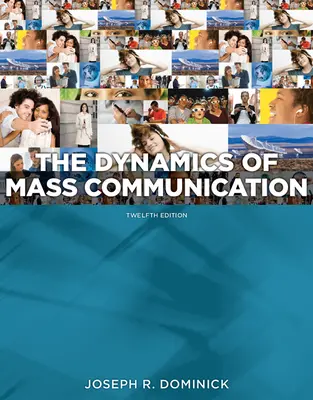
Dynamics of Mass Communication: Media in Transition
12th Edition
By Joseph Dominick
ISBN10: 0073526193
ISBN13: 9780073526195
Copyright: 2013
ISBN10: 0073526193
ISBN13: 9780073526195
Copyright: 2013
Product
Details
+
Read more
+
Well-known for its balanced approach to media industries and professions, Dynamics of Mass Communication offers a lively, thorough, and objective introduction for mass communication majors and non-majors alike. Social media, apps and the new media Goliaths are new and major themes of the 12th edition. Explore how the traditional mass media are dealing with shrinking audiences, evaporating advertising revenue and increased competition from the Internet.
Instructors: choose ebook for fast access or receive a print copy.
Still Have Questions? Contact your Rep